THIS POST MAY CONTAIN AFFILIATE LINKS. PLEASE SEE MY DISCLOSURES. FOR MORE INFORMATION.
Money can be hard to come by, and when finances get tight it’s important to know how to make your dollars stretch further.
That’s why we’ve compiled a list of 22 smart and budget-friendly ways you can maximize the value of every dollar you spend.
Whether it’s tracking down discounts for everyday purchases or even creating side incomes on the web, these tactics will help everyone.
From regular consumers looking for added savings, to entrepreneurs striving towards long–term financial freedom.
We’ll provide helpful advice so that you not only save money now but continue saving in the future.
Are you ready to take control of your finances?
#1. Pay Extra On Your Debt
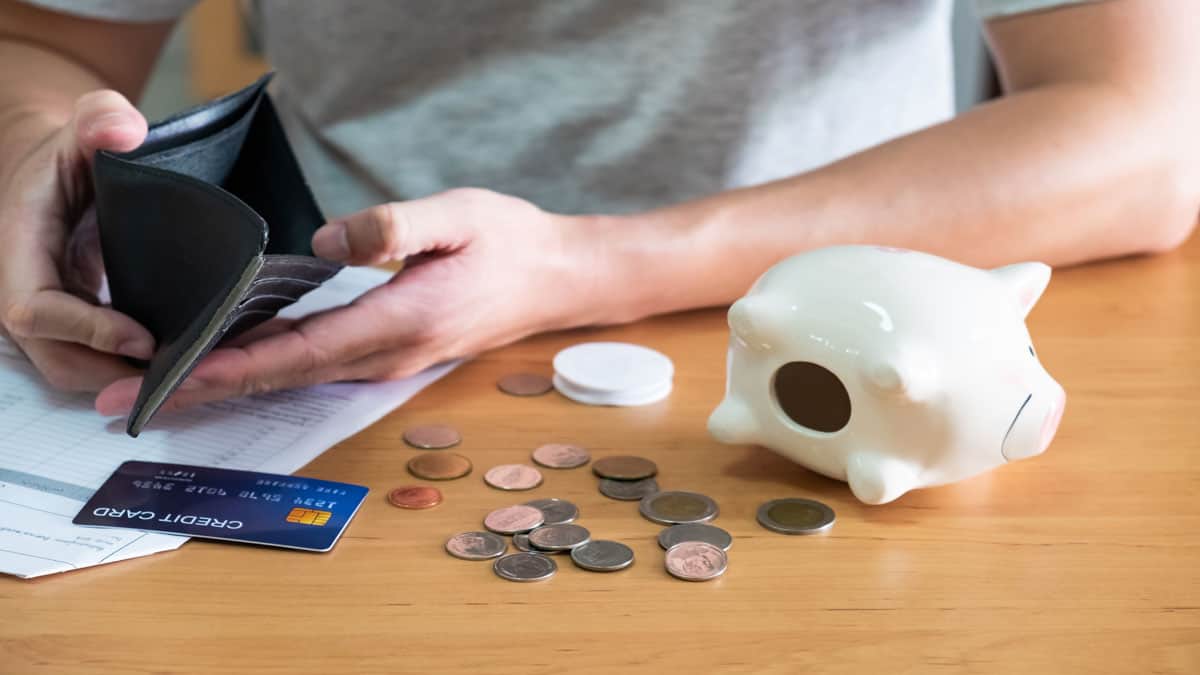
When most people think of saving money, they assume they need to put the money into a bank account. But you can save money by paying extra on your debt.
If you have $10,000 in total debt at 17% interest and it takes you ten years to pay it off by making minimum payments, you will pay close to $11,000 in interest charges alone.
But if you can pay extra and be debt-free in 5 years, you will save more than $6,000 in interest. Plus, after those five years, you can put all the money you were putting towards your debt into savings and, in one year, have $3,000 saved.
#2. Borrow From Friends

Instead of purchasing new items that you anticipate using only once or sporadically, consider reaching out to see if someone in your network has the item available for borrowing.
By adopting this approach, not only will you be able to save hundreds of dollars each year on unnecessary purchases, but you’ll also be fostering a sense of community and sustainability by promoting resource sharing and reducing waste.
It’s a win-win situation for both your wallet and the environment!
#3. Meal Plan

Food can be a significant part of your monthly budget.
To help keep this cost in check, you might need to simplify your eating habits so you can build up a savings cushion.
This means going to basics like pasta, eggs, yogurt, etc.
To get fruit and vegetables cheap, look into local farmers markets.
#4. Be Patient

Finally, you need to be patient. If you are of low income and money is tight, you won’t be able to completely change your finances overnight. It will take time.
If you try to cheat the system and get there faster, you might succeed in the short term, but eventually, this risk will catch up to you, and you will lose money.
Be patient and know that this is a journey. You are building good money habits so that as your income increases and you start making more and more smart money moves, you will see bigger and faster improvements to your income and your financial picture.
#5. Learn To DIY
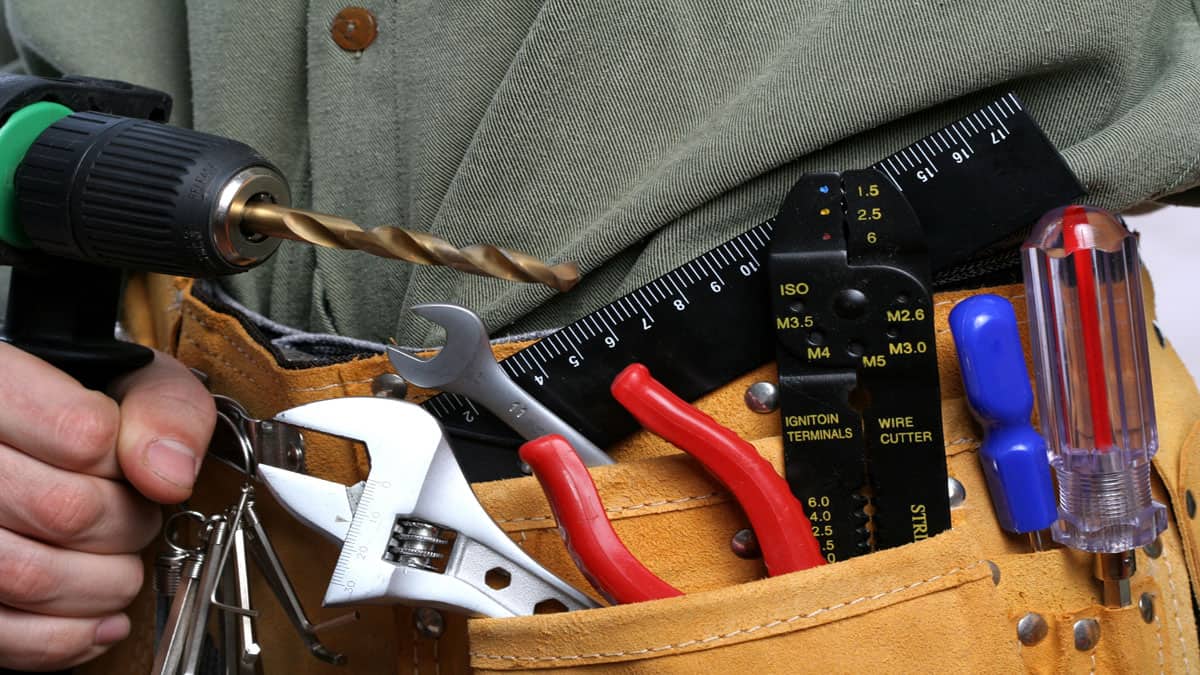
If you decide to go the free route as mentioned above, odds are the items aren’t going to be in the best condition.
Luckily, most things can be brought back to new with a little effort. For example, we have a 25-year-old patio set that was looking its age. We could have tossed it and bought a new one, but they cost close to $1,000 new.
Instead, I bought some cans of spray paint and some fabric to replace the slings. Now the set looks brand new, and it only cost me $175.
The most things you learn to do yourself, the more money you will save. And don’t be intimidated that you don’t know how to fix something. You can find videos on YouTube for just about anything.
#6. Set Up A Budget

Those who don’t have enough income to save money or create an emergency fund aren’t necessarily bad with their money. More often than not, their cost of living expenses is too high.
The income you’re bringing in from your part-time or full-time job is simply not enough to leave you with a ton of money to save or invest afterward.
No matter your financial situation, the first step to saving money is to create a budget.
Your budget needs to highlight all of your regular monthly expenses, the income you’re currently generating, and any variable or unexpected expenses you might now be paying.
It will show you how much money you have left after paying for everything. Then you will have a better idea of how much money you can save for emergency expenses and your financial goals.
And as you will see, it can help you know where you spend money that you might not realize.
If you’ve never budgeted before, the 50/30/20 rule is the easiest one to get you started.
This budgeting system is a great way to start saving money because it forces you to put some money towards your savings.
#7. Cut Up Your Credit Cards

Well, maybe not cut them up, but you need to stop using them. Saddling yourself with credit card debt payments does nothing but hurt you financially. It makes the things you bought more expensive thanks to high-interest charges.
Plus, it adds more monthly payments you have to put your income towards instead of keeping that money for yourself.
Even if you are on a low income, you need to find ways to stop using your credit cards and pay with cash instead, so you don’t keep adding more debt.
In fact, in just a few months of using only cash, you will be able to cut expenses simply because you see the money leaving your wallet.
#8. Set Up A Separate Savings Account

You need to put your money into a separate account to build your savings.
The reason is that you won’t be tempted to spend it. If you leave your savings in your checking account, you will eventually spend it.
I’ve seen it happen many times. By having it separate, you lower the chances of spending the money, plus you get motivated.
As you see the balance grow, you will want to keep adding more money. The next question is, where should this account be?
The easiest choice is with your current bank since you can open the account in seconds online. But online savings accounts are better simply because they offer higher interest rates.
And as I mentioned before, this will help your money grow faster. I recommend CIT Bank as a leader in high yield savings accounts. But most any online bank is good. Below are more options for you to consider.
#9. Question Before You Buy

Do you end up buying in impulse? If you look around your house, do you see purchases you regret making?
You are not alone. Advertisers are great at getting up to act on impulse.
By the time the logical side of our brain has a chance to catch up, it’s too late. This is why you regret things later on.
Your logic catches up, and you realize never needed or wanted the item in the first place. So how do you overcome this? You question things before you buy.
The easiest way to do this is to create a list. Instead of buying things, write down what you want on a list. Then wait 30 days. Review the list and see if you still want the item.
Chances are you won’t, and many times you will have completely forgotten about it.
This is a double win for you. Not only did you save money, but you now don’t have to deal with buyer’s remorse and to see the item you shouldn’t have bought.
Now, what about the things on the list you still want? Move these items to a new list.
For these items, start researching prices and looking for sales. When you plan like this, you can find the item on sale and enjoy the extra savings.
#10. Find A Side Hustle

Up until now, I’ve been helping you to mostly cut your spending. But it also helps if you can increase your income. This is easily done with side hustles.
By bringing in more cash, you have the opportunity to boost the amount you have in your savings account. And if you have credit card debt, you can put this income towards your debt to get rid of it faster.
This will free up more money you can put into your savings account. The good news is there are tons of options out there for you.
The best way is often to start simple. Look for small things that you can do whenever you have the available free time.
This might mean playing a game that pays you, taking small surveys, or even watching videos for money. These don’t pay a lot, but as they say, every penny counts.
Apps like Swagbucks and MyPoints will pay you to do things like those mentioned above. You can either choose to get paid in cash via PayPal or earn free gift cards.
From there, you can look for other things to bring in more significant amounts of money. Gigs like delivering food, taking on small projects like cleaning or moving, or even writing for a blog or consulting are a few ideas.
If you have professional skills and you can apply them to produce high-quality work, you might even want to start your own business and contract with individuals and companies.
Another option is to get a part-time job that you can comfortably do alongside your full-time job. It will require some stellar time management skills, but it’s not impossible to juggle two jobs at the same time.
You might even find a new job opportunity that offers a higher salary while you’re out looking. The sooner you boost your income, the more you can save in a shorter period of time.
#11. Refinance Your Debt

If you have a lot of high-interest debt, you could save money in a couple of ways by refinancing it.
First, you might get away with having one smaller payment than all of your other payments combined. This frees up money in your budget to save. Or better, put that extra toward paying off the debt faster.
The other way refinancing helps you is by lowering your interest rate. For example, if you have $10,000 of debt at 17% and refinance to 6% debt, you could save yourself thousands of dollars on interest.
One option to consider is refinancing to a personal loan. Doing so is easy, and they typically have a much lower interest rate than credit cards.
#12. Automate Your Savings
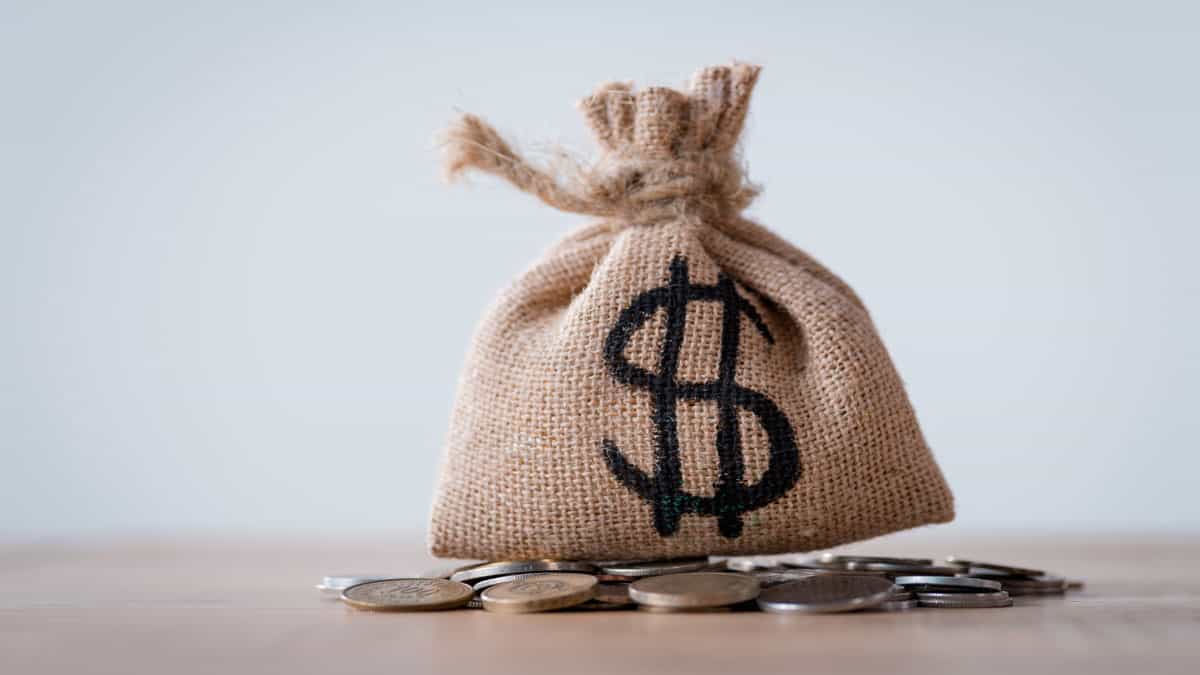
I touched on this earlier when you automatically transfer your money to ensure you save. But you can take this a step further if you want.
There are a lot of great apps out there that will round up your purchases for you.
The first is Qapital. You can set up a variety of rules and have the app round up and transfer your spare change to a savings account for you.
Another option is Digit. This app will review your checking account transactions, and when it thinks it is safe to transfer a small amount to savings, it will.
Finally, there is Acorns. This app takes your rounded-up spare change and invests it in the stock market for you. It’s a simple way to start investing without committing a lot of money.
#13. Find Ways To Reduce Unnecessary Expenses

Part of learning how to save money when you’re broke means reviewing your spending in the first place.
It’s important to preface this suggestion by saying that you don’t have to give up small comforts or everything that you love to save as much money as possible.
Everyone deserves to splurge on themselves every now and again. That being said, there may be cheaper alternatives that will allow us to reduce our spending.
For example, if you have a gym membership, you could always work out at home. There are endless amounts of free fitness classes on YouTube you can use.
Or you can sign up for a fitness app, whose monthly fee is going to most likely be less than your gym membership. If you tend to go out to eat every week, it might be better to create affordable meal plans and eat in more often.
This isn’t saying you can never eat out again, but find cheaper alternatives and maybe dine out every other week instead.
Another option could be to switch cell phone plans to lower your cell phone bill. Could a prepaid plan work better for you? Or maybe even going to a cheaper plan?
What about cable TV? Can you get a smaller package or find alternatives to cable TV to lower this bill?
#14. Try A No Spend Challenge

This trick can be a great way to free up money on a tight budget. And there are a few ways you can try this.
You could pick a spending category each month to try not to spend any money on it. For example, this month you might try not to eat out, and next month you could try not to buy any clothes.
It’s a fun way that can lead to many ways to save. Look at eating out again. If you usually spend $250 a month in this budget category, by not spending, you have $250 in potential savings this month. Even if you get one meal out, you still save a lot.
And the great thing here is you can set it up no spend challenges however you want. You don’t have to switch categories each month. You could stick with the same one for months or even a whole year. Make it work for you, and you will be more likely to succeed.
#15. Be Smart When Grocery Shopping

Grocery shopping can eat up a large chunk of your monthly budget if you aren’t careful.
But by taking some simple steps, you can keep this expense under control and even free up some money. For starters, you should be shopping with a list.
By having a grocery list, you limit impulse buys. From there, read the store circulars and follow along. By knowing the cycles of when things go on sale, you can save a lot of money.
Finally, know all the grocery stores in your area and shop at multiple ones. Each sets its own prices and could have things less expensive than others.
This is especially true for discount grocers.
#16. Pay Yourself First

Now that you have a budget in place, you might be making the same critical mistake that others do.
You wait until the end of the month to save. This is bad because most of us will spend all the money we have, leaving nothing left to save.
The simple solution here is to pay yourself first. By saving before you pay your bills, you guarantee you are saving money every month.
To help with this, you can set up an automated system with your bank. For example, if you get paid weekly, set up a transfer every Friday from your checking account to your savings account. Or, if you get paid twice a month, set up the transfer for these days.
It gets a little trickier if you have a bi-weekly paycheck as your paycheck cycle date changes every month. In this case, I would look to see when most of your bills are due and schedule the transfer a few days before this.
#17. Get A Partner

Have you ever used the help of a friend to reach a goal? This could be anything from being more active, losing weight, getting out of debt, and saving money.
This is a simple way to motivate you to reach your goals. Tell a close friend that you are trying to save money and be specific about it.
Tell them you want $1,000 saved by the end of the year, for example. Then update them periodically on your progress, when you save a large amount, or when you encounter a setback.
They will be the voice to help you keep pushing through. You could even encourage them to set a savings goal too and motivate each other.
#18. Don’t Put Your Savings At Risk
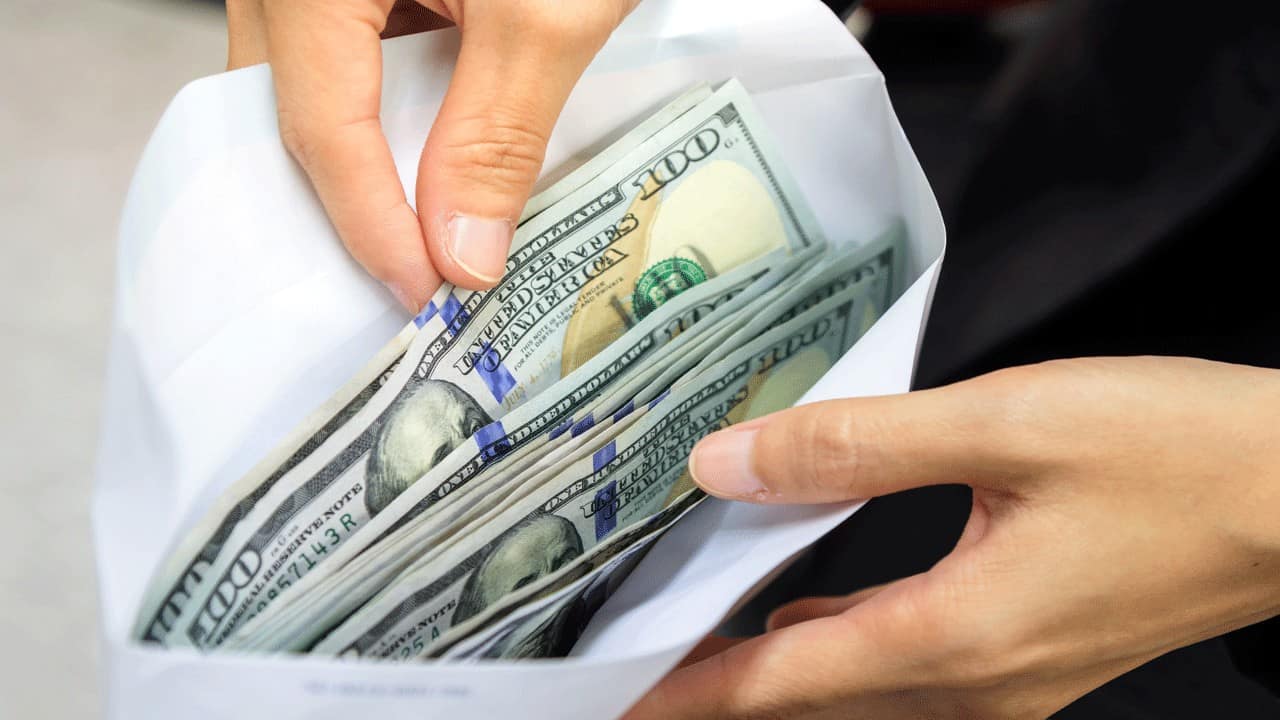
When you start saving, the best place to put your money is in a high-yield savings account. Some people will see that their savings aren’t earning much interest and want a higher return, so they consider investing this money in the stock market, in cryptocurrency, or possibly a business.
If this sounds like you, you need to pump the brakes. I understand it isn’t fun to work hard to save money only to not earn very much interest income.
The problem when you do this is you could lose it, putting yourself right back in the financial situation you worked so hard to get out of.
This isn’t to say you should never invest your money. But you should not be taking a risk with this money just yet.
Ignore the fact that you aren’t earning much on your money and focus on saving as much as you can.
Eventually, you will be able to take bigger risks with your cash and earn a higher return. But for now, stay focused on your goal of building up a savings cushion.
#19. Find Things Around Your House To Sell

I just talked to you about all the things you regret buying. Instead of letting them sit in your house and go unused, take the step of selling everything.
Go through your home and find all the things you regret buying and no longer use. Then see what you can sell and earn extra money.
Selling is simple, either through a yard sale, Craigslist, or Facebook Marketplace. With the extra income, you can boost your emergency fund, so you have a safety net if an emergency comes up.
You can even donate the items that don’t sell. Charities like the Salvation Army and Goodwill are always in need of items. While you won’t get money for the items you donate, you will get a tax write-off when you file your taxes if you itemize.
#20. Reduce Big Expenses

Many people look to cut small expenses, like their daily coffee.
But don’t forget about the more significant expenses either. If you haven’t reviewed your auto insurance lately, now could be a great time.
Get many free quotes at once with Insurify and save up to $500 a year.
Are your property taxes high? Consider challenging the assessment to see if you can get them lowered.
#21. Buy Items Used Or Get Them Free
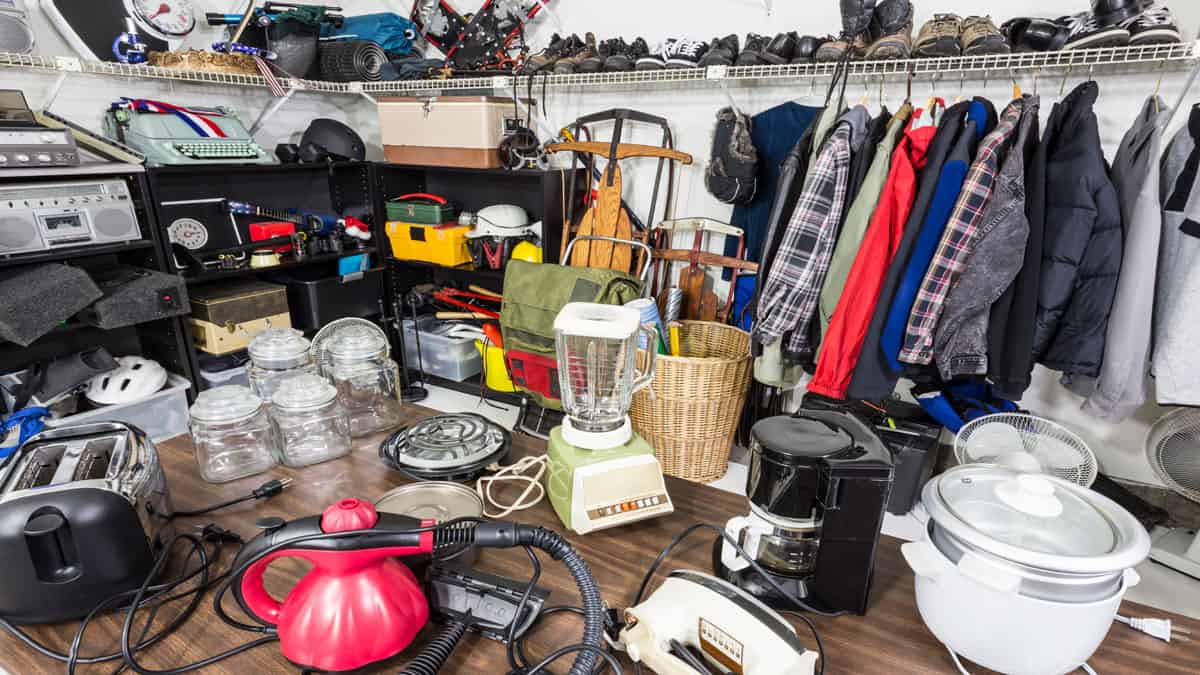
Before you go buy something you want, consider buying used to save money.
Depending on the item, you can search Facebook Marketplace or Craigslist to find a used version in good condition at a fraction of the cost.
Another option is to buy open-box from retailers. Most of these are returns people made because they changed their minds. The store can’t sell them as new, so they discount them and place them for sale.
You might even be able to rent it. Finally, keep your eye out for free items. This could include scanning social media for posts about curbside items or even taking advantage of Freecycle.
#22. Save Something Each Month

It’s a common misconception that it’s not worth saving if you can’t save oodles of money.
However, this couldn’t be further from the truth. A few bucks saved is better than nothing.
This is for two reasons. First, you are building a habit. By creating a savings plan where you are saving money every month, you will do so when you have more money and can save more significant sums of it.
Second, you earn interest on your savings. Thanks to compound interest, any money you save will grow over time.
In the beginning, when you have a small balance, you won’t earn very much interest. But as your balance grows, the interest you earn will be a lot.
After you set up your budget, you should find some areas to cut back on so that you have money to save. Even if this amount comes to $10 a month, make sure you save it.
The bottom line is, don’t ever think you aren’t saving enough money. The habit is more important than the amount.
How To Get Back On Your Feet Financially

When financial setbacks happen, you have two options. You can either give in and accept a life of struggle and stress, or you can do something about it.
If you want to do something about it, here are the steps you need to take in order to get back on your feet.
HOW TO GET BACK ON YOUR FEET FINANCIALLY
How To Survive On $1,000 A Month

Do you find yourself in a situation when money is beyond tight? Are you not sure how you will make it to the end of the month with such limited income?
Fear no more. Here are the steps to take so you can survive on a small amount of money.
LEARN HOW TO SURVIVE ON $1,000 A MONTH
15 Gas Hacks For Free Gas
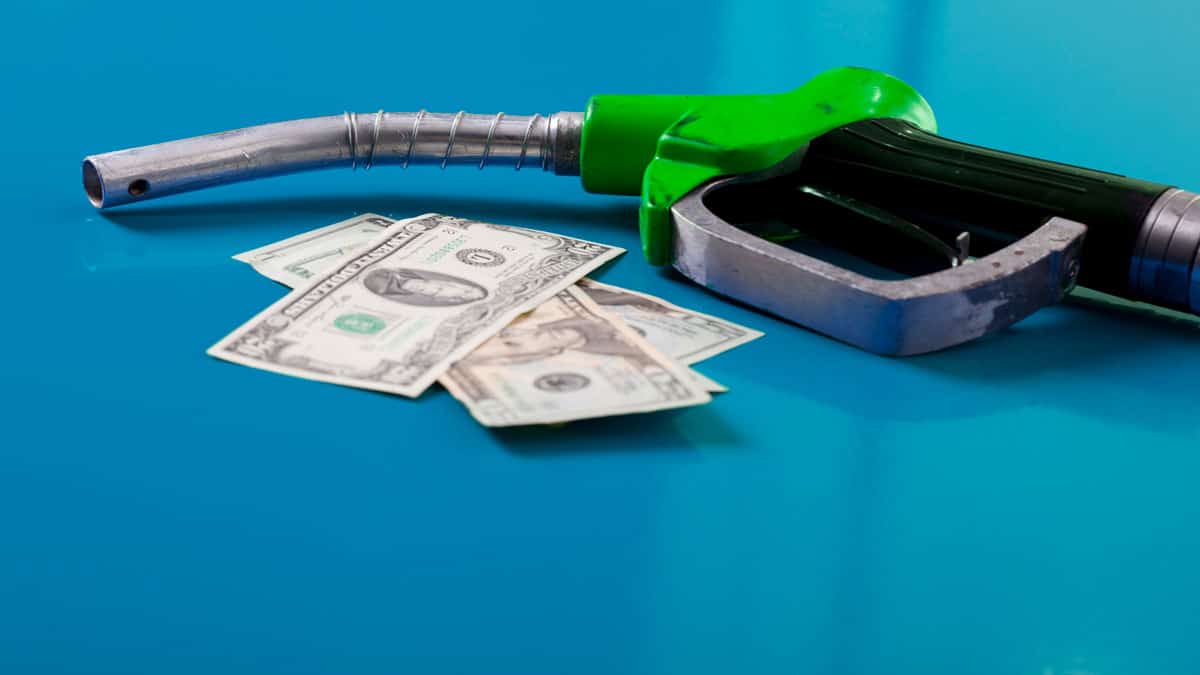
You’ve probably wished you could get free gasoline, but thought that was impossible. But the reality is, it isn’t impossible.
There are many free gas hacks you can use to save money on fuel ups. Here are 15 ways to lower the cost of gasoline, and in effect, get free gas.
15 FREE GAS HACKS YOU NEED TO TRY
How To Get Free Money

The idea of free money sounds like it can’t be true. But it actually is.
There are many ways you can get free money, from playing games, to watching videos, and more.
Here are the best ways you can get free money without having to work for it.
Cash Stuffing Budget
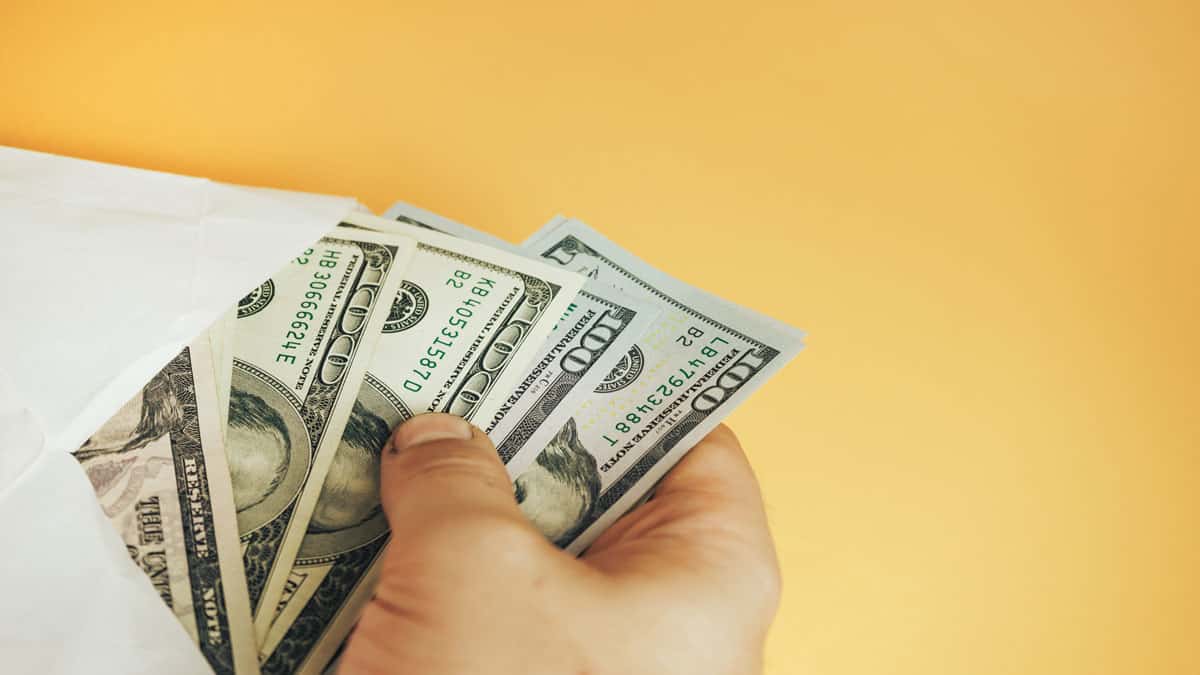
Cash stuffing is a trendy budgeting method that makes better use of the envelope system.
By using cash, you not only avoid debt, but you have greater control over how you spend money.
Find out why so many people have fallen in love with it.
I have over 15 years experience in the financial services industry and 20 years investing in the stock market. I have both my undergrad and graduate degrees in Finance, and am FINRA Series 65 licensed and have a Certificate in Financial Planning.
Visit my About Me page to learn more about me and why I am your trusted personal finance expert.

